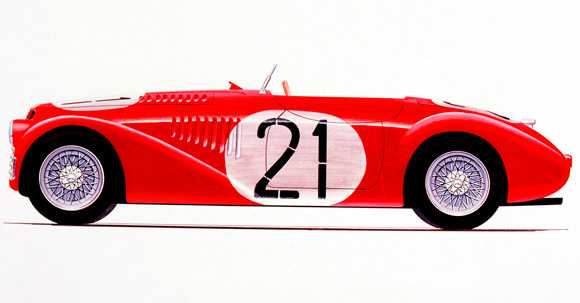The late 1940s were crazy for European racing car manufacturers. World War II has just ended, and a number of manufacturers are excited about creating a racing car that will defeat the competition. But Ferrari was a bit different. She was pure as a racing team. So she could not use the previous models and edit them. Everything had to be built from the beginning.
One of the first models to be built on a new chassis was the 125 S. Since then, the 159 S has been tapped, followed by the 166 S version. But if we are to focus on one iconic car, you will be 159 S, which was evolutionary.
Racing car for normal use
The 159 S is undoubtedly a single-seat grand prix car that could also be used as a road car. There was plenty of space in the car and it was technically legal to use the car for normal communications as well. The reason why Ferrari did not feel any particular need to create a door for co-competitors was that it was a model built exclusively for racing purposes. The design of the car was also unique and was not much like the classic racing cars of that time.
The minimalist interior was a matter of course. There were only two small seats and nothing else. Do not expect rugs. All bare and clean to metal. The instrument panel is dominated by a giant tachometer, which is more important than speed.
Performance was admirable at the time
The big difference of the 125 S and 159 S was in the engine. Under the bonnet 125 S was a 1.5-liter V-12 engine designed by Gioacchino Colombo. For the 159 S, a stronger 1.9-liter engine was fitted. The power went up and the racer now handled 125 horsepower. At that moment, Ferrari came to the fore, because the performance was remarkable for that time. The light car and the powerful engine were not in competition. All power was absorbed by the five-speed manual gearbox, which became the extended hand of the racer and determined the difference between the last and the first place.

